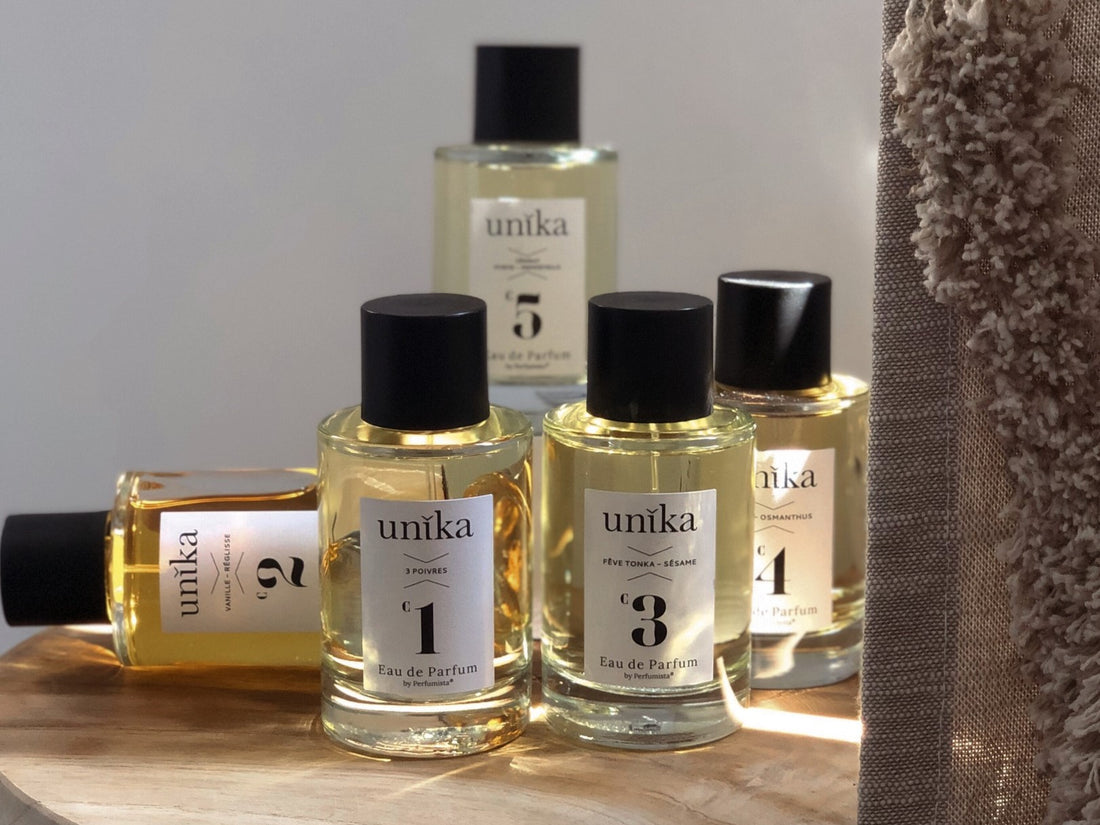1. What is the difference between niche perfumes and designer/brand perfumes?
Unlike designer perfumes, which are widely available and mass-produced, niche perfumes are often made in limited quantities or exclusive collections.
These qualities make niche perfumes feel special and luxurious, they provide a unique and distinctive aroma that is not easily replicated.
2. Why are niche perfumes better?
Niche perfume houses like to implement a higher level of luxury in their brand.
This show is not only reflected in their packaging but in the fragrances themselves.
By using rare, unique, and often daring perfume ingredients, they create rare fragrance compositions.
3. Do niche perfumes last longer?
Crafted with rare ingredients and unparalleled attention to detail, these perfumes offer a deep and unique olfactory experience.
Long-lasting niche perfumes go further by ensuring that the scent remains present on the skin for hours, if not the entire day.
4. Why niche perfume is expensive?
For starters, many niche fragrances contain rare ingredients that can be difficult (and costly) to source.
These fragrances often rely on rare or uncommon plant extracts and animal-derived tinctures like musk, which can only be harvested from a few specific regions in the world.
5. For which gender are niche perfumes?
Most niche perfumes are designed to be unisex.
The scent is personal, and a fragrance will react to the chemical composition of the skin.
Therefore it will smell different on each person regardless of gender.
6. What do Top, Middle, and Base Notes Mean?
Top notes are the ones that are perceived immediately after the application of the perfume. Top notes consist of small, light molecules that evaporate quickly. Fresh notes like citrus, bergamot, and mint, some floral and spicy notes are some examples.
Middle notes, also referred to as heart notes, form the scent of a perfume that emerges just before the dissipation of the top note. The middle note compounds the main body of a perfume and acts to mask the often unpleasant initial impression of base notes, which are meant to become more pleasant with time. A variety of floral, spicy, and watery scents along with some woody scents can be found under middle notes.
Base notes form the scent of a perfume that appears close to the departure of the middle notes. The base and middle notes together are the main theme of a perfume. Base notes bring depth and solidity to a perfume. Base notes are typically rich and "deep" and are usually not perceived until 30 minutes after application. The most common examples of base notes include wood, tobacco, amber, and musk.


